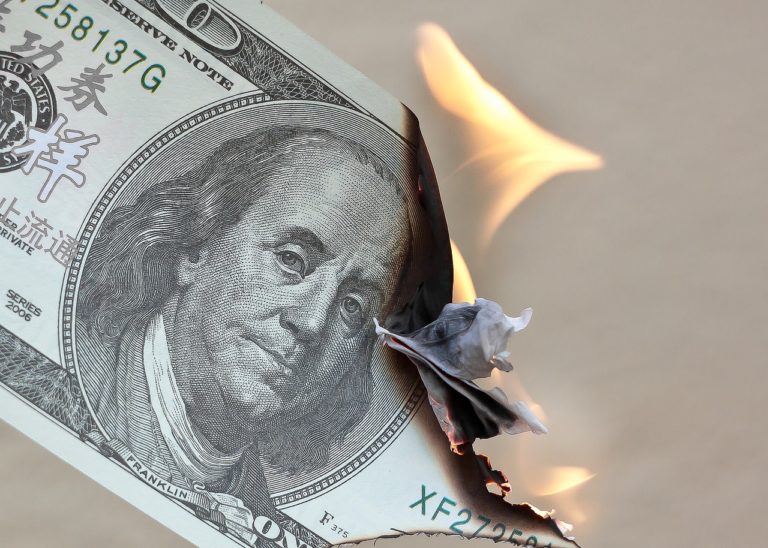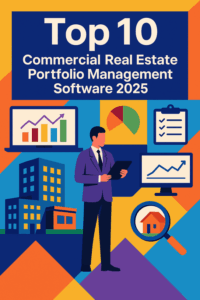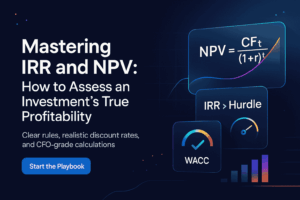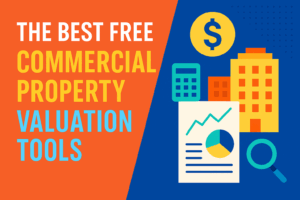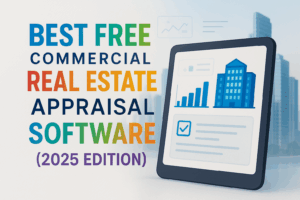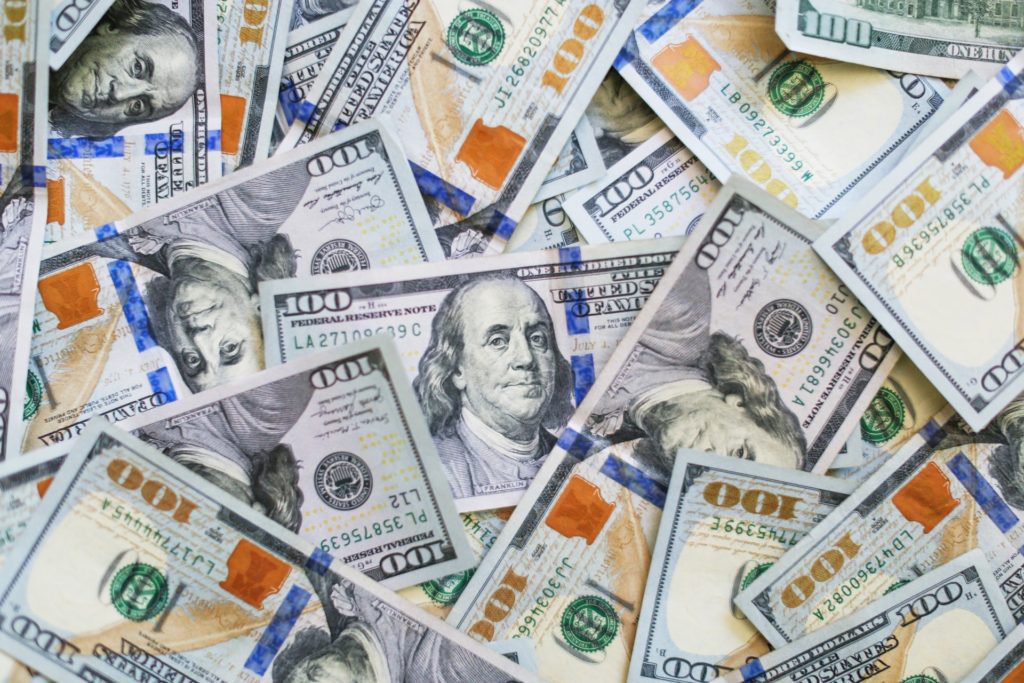Welcome, fellow investors, to the intriguing world of real estate, where every twist and turn in the economy can have a profound impact on your bottom line. Today, we’re delving into one of the most critical concepts you need to grasp to thrive in this dynamic landscape – inflation.
I. Introduction to Inflation
Let’s start with the basics. Inflation is like the silent ninja of the economy – sneaky, stealthy, and capable of wreaking havoc if left unchecked. At its core, inflation is the gradual increase in prices for goods and services over time. It’s the reason why your morning cup of coffee seems to cost a little more each year and why rent keeps creeping higher.
But why does inflation matter to real estate investors? Well, imagine you’re planning to purchase a rental property. If inflation is running rampant, you might find yourself paying more for that property than you initially anticipated. And once you own it, you’ll likely face higher maintenance costs and property taxes as well. This increase in operating costs then forces you to increase rent. Understanding inflation is crucial for accurately forecasting your expenses and potential returns on investment.
II. The Mechanics of Inflation: An Analogy
To wrap your head around inflation, let’s embark on a journey to a quaint village market. Picture this: the villagers are going about their business, buying and selling goods at the local market. Then, one day, the government swoops in with a brilliant plan to stimulate the economy. They shower the villagers with cash and encourage them to spend, spend, spend.
At first, it’s all sunshine and rainbows. The villagers are splurging on everything from artisanal cheeses to handcrafted pottery. But soon, the market vendors start to notice something peculiar – their shelves are emptying faster than they can restock them. Sensing supply pressures, they start hiking their prices due to increased demand.
Before long, inflation takes hold and begins to snowball. As one company increases their price of a product another, who uses that company’s product to produce their goods or services, is now forced to increase their prices to cover the increase in operating costs. The once-thriving market becomes a battleground of escalating prices and dwindling supplies. This scenario perfectly illustrates the cycle of inflation – demand outpacing supply because there are too many dollars in circulation chasing too few products or services.
III. COVID-19 and Inflation: A Case Study
Now, let’s fast forward to the unprecedented events of the COVID-19 pandemic. As governments scrambled to contain the crisis, they unleashed a torrent of stimulus measures aimed at propping up struggling economies, while simultaneously stifling production by forcing people to stay at home. In the United States alone, trillions of dollars were injected into the financial system, with the goal of keeping businesses afloat and consumers spending.
And spend they did. With lockdowns in place and uncertainty looming, many Americans turned to online shopping and home improvement projects to pass the time. But behind the scenes, supply chains were buckling under the strain of synthetic demand. Factories shuttered, shipping delays mounted, and essential goods became increasingly scarce.
The result? A perfect storm of inflationary pressures, as demand surged, and supply struggled to keep pace. Suddenly, everything from lumber to computer chips was in short supply, driving prices to dizzying heights. Real estate investors found themselves grappling with soaring construction costs and fierce competition for available properties.
IV. Economic Factors Driving Inflation
Now, let’s peel back the layers and examine the economic factors fueling inflation. First up, we have government spending. During times of crisis, like the COVID-19 pandemic, governments often resort to deficit spending to stimulate the economy and support struggling citizens.
Take a look at this graph depicting the quarterly expenses incurred by the United States government during the pandemic.
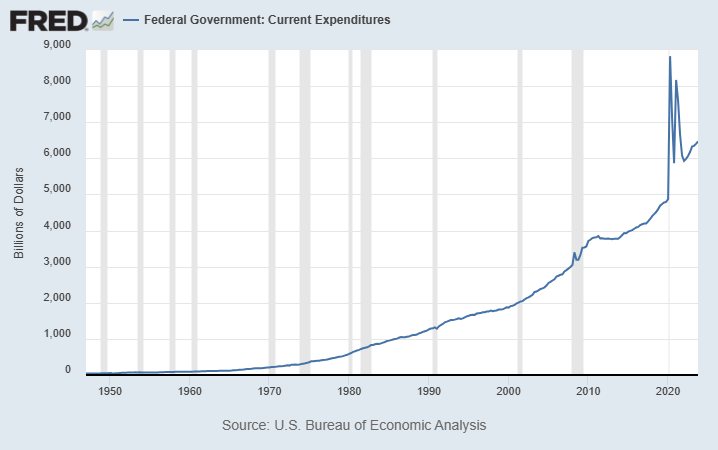
As you can see, spending skyrocketed to unprecedented levels, with trillions of dollars poured into relief programs and stimulus measures.
But government spending is just one piece of the puzzle. Enter the Federal Reserve, the central bank tasked with regulating the nation’s monetary policy. Through a combination of tools, including open market operations, the federal funds rate, and reserve requirements, the Fed can influence the money supply and interest rates in the economy.
Check out this graph below showing the total assets owned by the Federal Reserve. You’ll notice a sharp uptick in assets as the Fed embarked on massive bond-buying programs to inject liquidity into the financial system.
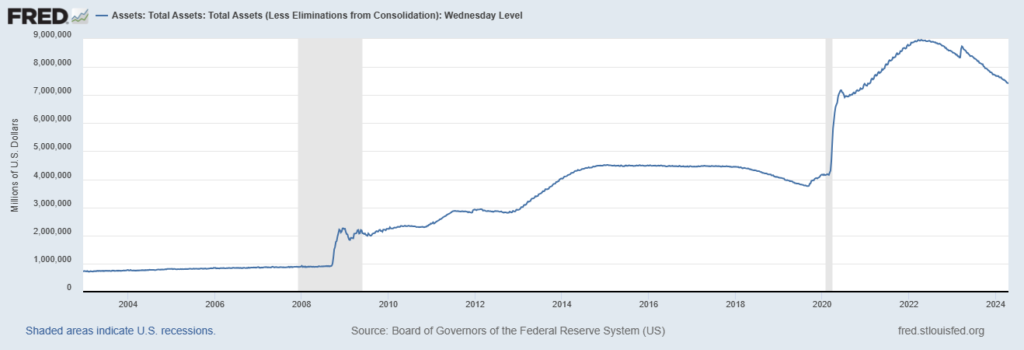
But wait, there’s more. Supply chain challenges also play a significant role in driving inflation. As we saw during the pandemic, disruptions to global supply chains can lead to shortages of essential goods and raw materials, pushing prices higher and exacerbating inflationary pressures. A great representation of this supply chain squeeze can be visualized below between our import and export of goods and services. As you can see between Q4 of 2019 and Q2 of 2021, there was a substantial dip in the amount of goods and services being transported to and from the United States.
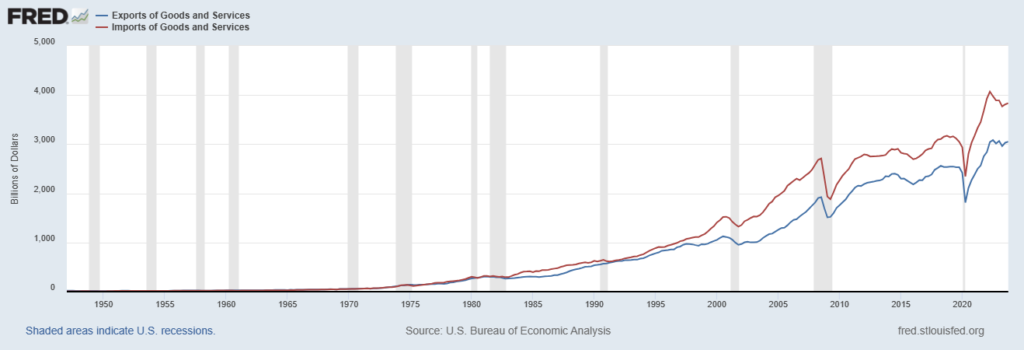
V. The Role of the Federal Reserve
Ah, the Federal Reserve – the puppet master pulling the strings of the economy. But what exactly is the Fed’s role in all of this? Put simply, the Fed’s primary objectives are to promote maximum employment, stable prices, and moderate long-term interest rates.
Through its monetary policy tools, the Fed aims to strike a delicate balance between stimulating economic growth and preventing runaway inflation. For example, by lowering the federal funds rate, the Fed can encourage borrowing and spending, thus stimulating economic activity.
Conversely, if inflation threatens to spiral out of control, the Fed may opt to raise interest rates to cool down the economy and curb inflationary pressures as we are seeing right now. It’s a delicate dance that requires careful calibration and a keen understanding of economic dynamics. Unfortunately, the Federal reserve is reactionary and not proactive. This means that they do not make any required changes until something breaks.
In addition to manipulating interest rates, the Federal Reserve has one more tool up it’s sleeve that it utilized during the pandemic to stimulate the economy. It purchased bonds and securities from both banks and the United States Government. When the Federal Reserve purchased these securities it allowed these institutions to loan out more money because those debts that were on these institutions books were sold so they themselves had more money to loan out thus increasing the money supply. The graph provided below shows the total amount of assets the Federal Reserve had on their books. As you can see during the COVID pandemic there was a massive spike.

VI. Consequences of Inflation for Real Estate Investors
Now, let’s talk turkey – what does all this inflation mumbo jumbo mean for real estate investors like yourself? Well, for starters, inflation can have a significant impact on property values and rental prices. During periods of high inflation, real estate tends to serve as a hedge against rising prices, as property values and rental income typically increase alongside inflation.
But inflation can also pose challenges for investors, particularly when it comes to financing and operating costs. As interest rates rise, borrowing becomes more expensive, putting pressure on profit margins. Additionally, rising construction costs and property taxes can eat into rental income, making it harder to achieve desirable returns on investment.
VII. Navigating Inflationary Environments
In a world where inflation is the name of the game, staying informed and adaptable is key. Keep a close eye on economic indicators and market trends to spot opportunities and mitigate risks. And don’t put all your eggs in one basket – diversify your investment portfolio to hedge against inflation’s sneaky ways.
Consider allocating a portion of your portfolio to assets that tend to perform well during inflationary periods, such as real estate, commodities, and inflation-protected securities. By spreading your investments across different asset classes, you can reduce your exposure to inflation risk and enhance your overall portfolio resilience.
VIII. Conclusion
So, there you have it – a deep dive into the intricacies of inflation and its implications for real estate investors. Armed with this knowledge, you’re better equipped to navigate the choppy waters of the market and make informed decisions that will set you up for success.
But remember, investing in real estate is a marathon, not a sprint. Stay curious, stay proactive, and above all, stay adaptable. By staying attuned to economic trends and adjusting your investment strategies accordingly, you can weather the storms of inflation and emerge stronger and more resilient than ever before.
Ensure your real estate investments thrive in times of soaring inflation with our cutting-edge underwriting and budgetary planning tool, Compass. Stay ahead of economic uncertainties and seize every opportunity for success.

